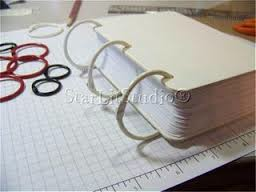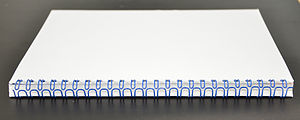Does anyone read manuals any more?
That question was a bit tongue-in-cheek, but I’m sure we’ve all bought a new fancy electronic device at some point and tried to make it work without reading the manual. Males of our species are allegedly even “worse” at this than females. One wonders how many clock/timers on DVD players at this very moment are flashing because people have never bothered to work out how to set the right time …
Joking aside, of course manuals are important and of course we should read them, notwithstanding the fact that many products should probably function more intuitively than they do. But we’re not just talking about instruction guides for new DVD players or smart-phones or bike computers – the need for manuals in education and training are too numerous to mention!
What makes a good manual?
I should declare an interest here. My first ever job was a technical writer for a computer software company, writing user guides for their various software products. It was fairly complicated Mechanical Engineering and Computer Aided Design material. Ever since then, in all the jobs I’ve had, I’ve remembered what I learned way back then – don’t assume that the person reading what you’re writing knows anything at all about your subject, and avoid jargon at all times; (if you can’t, at least explain the jargon!). Construct the manual in such a way that if you are dealing with an advanced user, they can skip the preliminaries.
I made myself grimace recently when I finally read the user manual for my new bike computer, months after starting to use it, and realising in fact that all sorts of little frustrations that I’d been experiencing need never have happened if only I’d gone into “settings”! Plus the clock/timer on my DVD player is still flashing …
So here’s a very short list of do’s and don’ts:
- DO write from experience – be an expert (or find one). It’s frustrating when you read a manual and the explanations are unclear or misleading or (sadly I too often find this) incomprehensible
- DO write clearly and in a straightforward manner
- DON’T use (unexplained) jargon or acronyms
- DO write for the novice but find time for the expert reader too (at the back?)
- DO label your diagrams (if any) properly
- DO keep your material up-to-date
- DON’T assume that just because the subject matter might be dry or technical, it shouldn’t also be enjoyable to read
Like so many things in life, I’ve usually found that the more you enjoy what you write the more people will enjoy reading it …
So much for the content, what about the binding?
So, we’ve now got some good content for the manual and if people do actually read it will give them what they’re looking for quickly and explain things simply. What else do we need to consider? The big questions are: who will be reading it; in what sort of environment; over how long a period; how often (if at al) will it need updating; how durable does it need to be? This is where the type of binding used is a very important consideration. There are many types, for example:
- perfect binding – like a paperback novel, ideal for publications that don’t need updating but won’t get too much wear and tear.
- PUR (polyurethane reactive) binding – similar to perfect binding, except that the adhesive is a lot stronger so the manual can lay flat and pages are much less likely to tear or fall out.
- thread sewn binding – again similar to perfect binding, but using multiple threads to sew the pages (sometimes referred to as signatures) together. Since the threads are flexible and aren’t affected by weather or temperature variations (unlike adhesive) this type of binding is more durable

- ring binding – the folders are usually stiff or slightly flexible with metal or plastic rings that open and close to allow pages to be added or removed. Ideal for manuals that need to be updated frequently.

- wire-o binding – punched pages are inserted into the spine which is then squeezed until it is round. These manuals will open completely flat on a desk.

So what’s next?
Clearly there’s a lot to it, and all the different options can be confusing. The good news is that there’s a company who understands all the options and who has vast experience in producing manuals of the highest quality for all sorts of different companies. And here’s how to find them:
High quality cost effective manuals
That’s it for now; in our next article we’ll be looking at things from a different angle, namely customer satisfaction. We think it will be worth waiting for!

